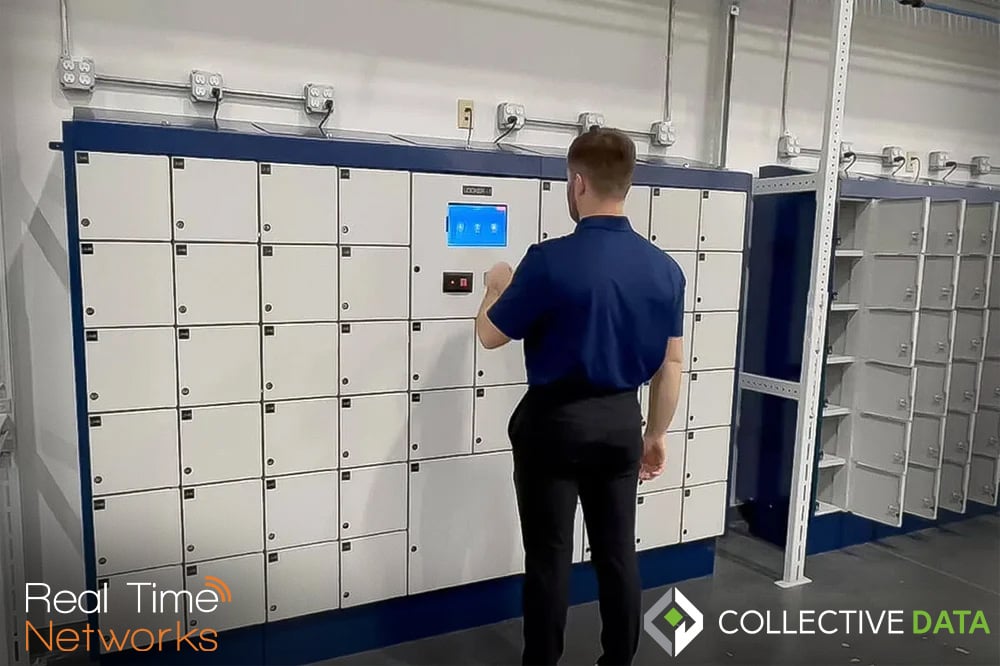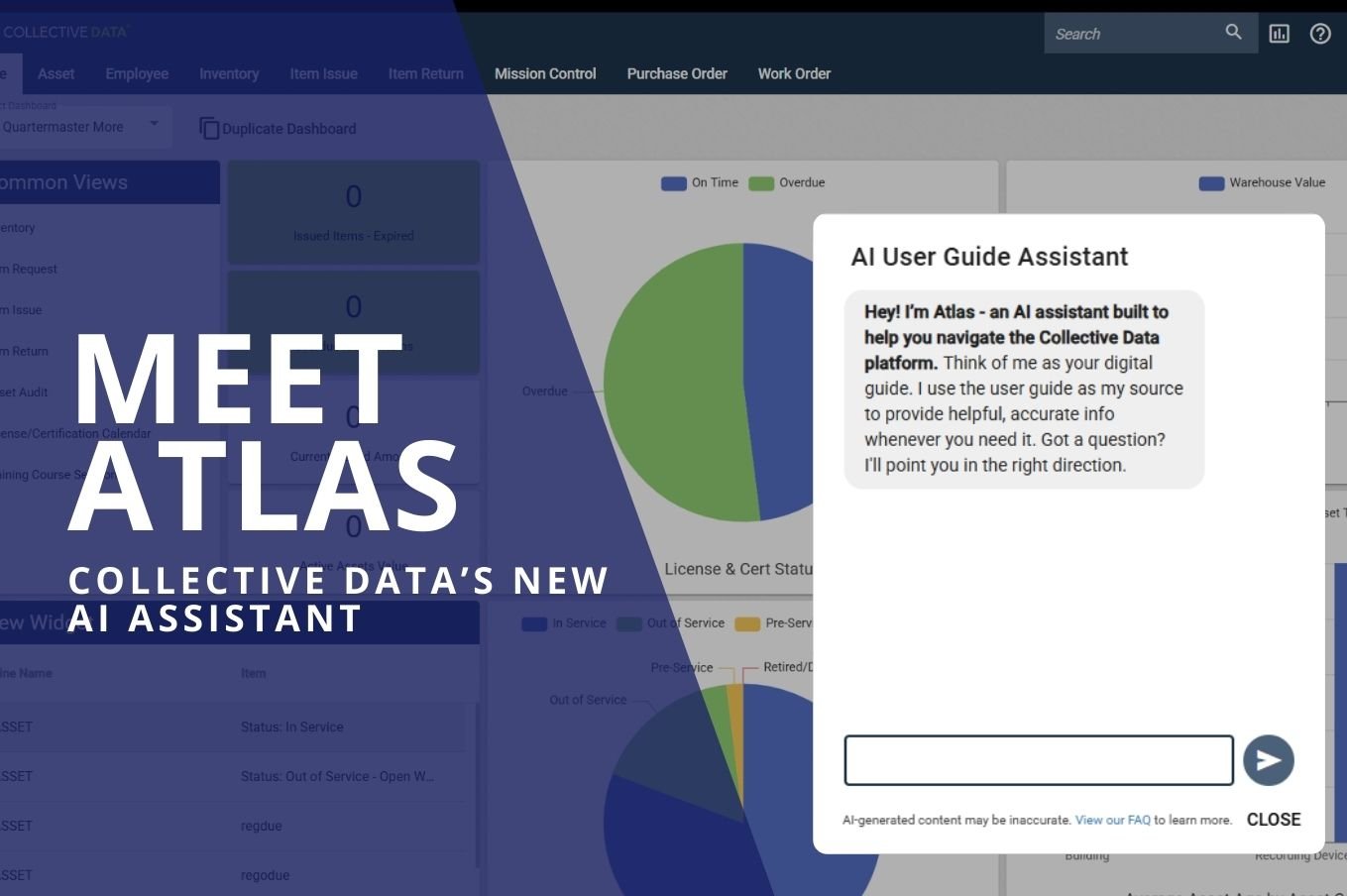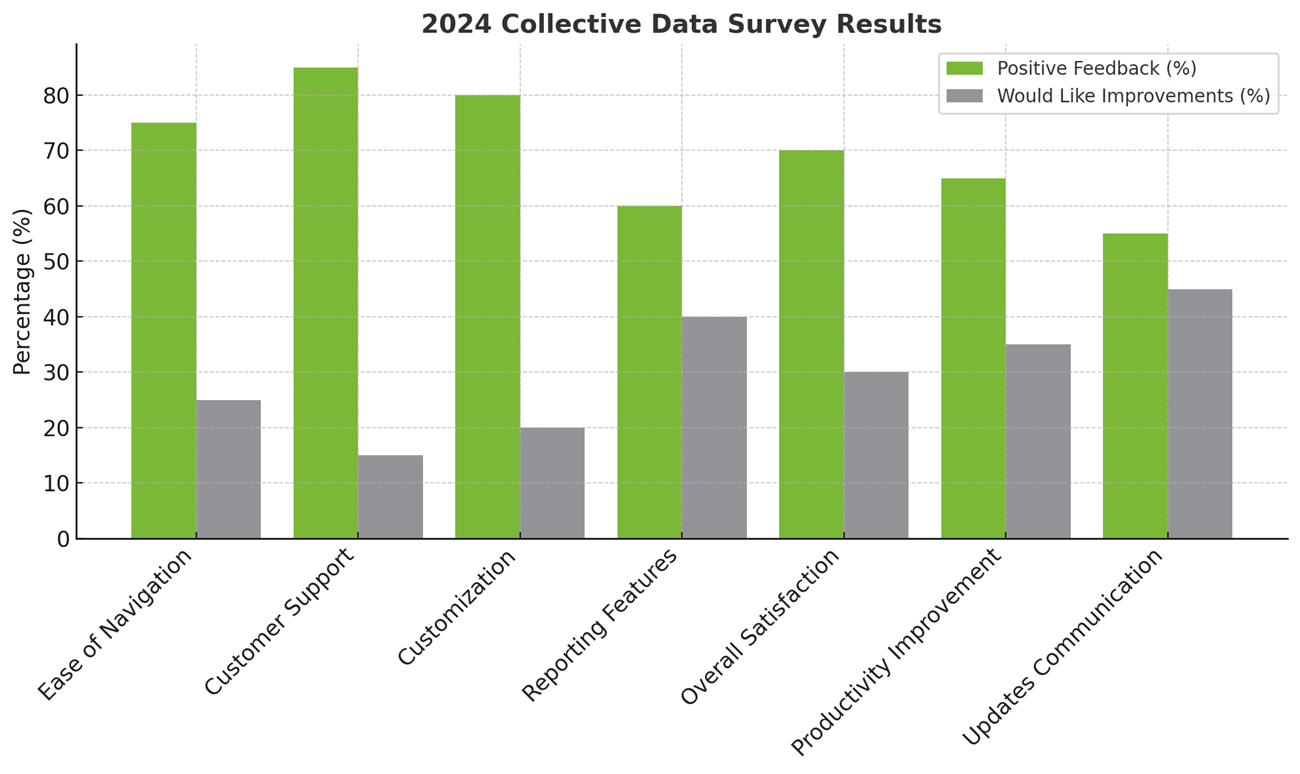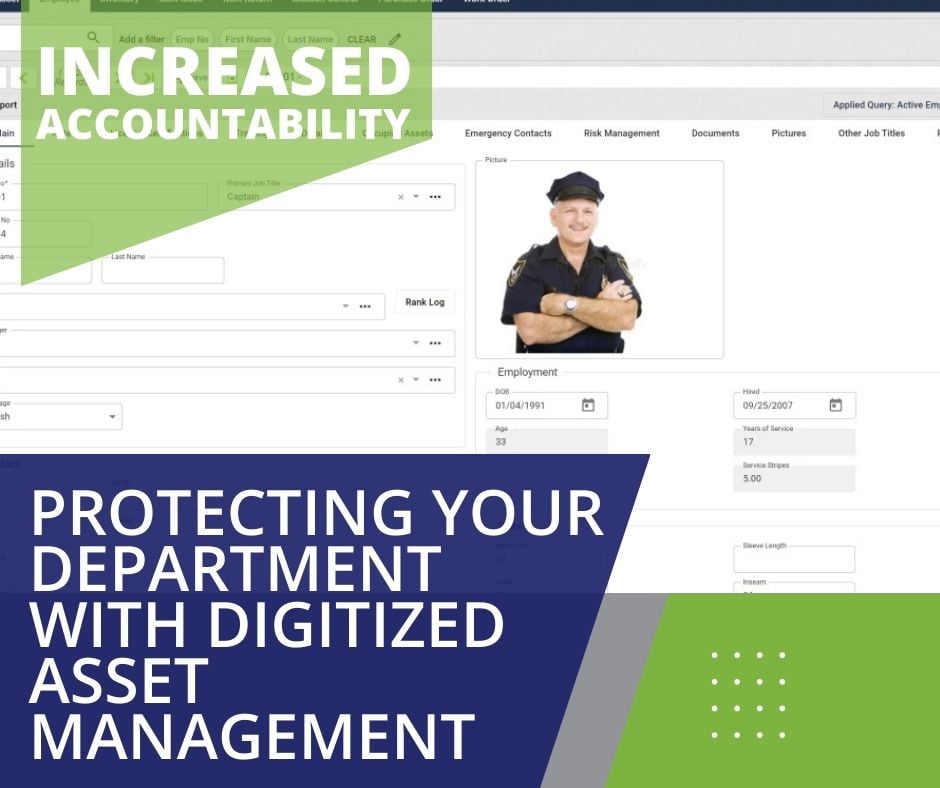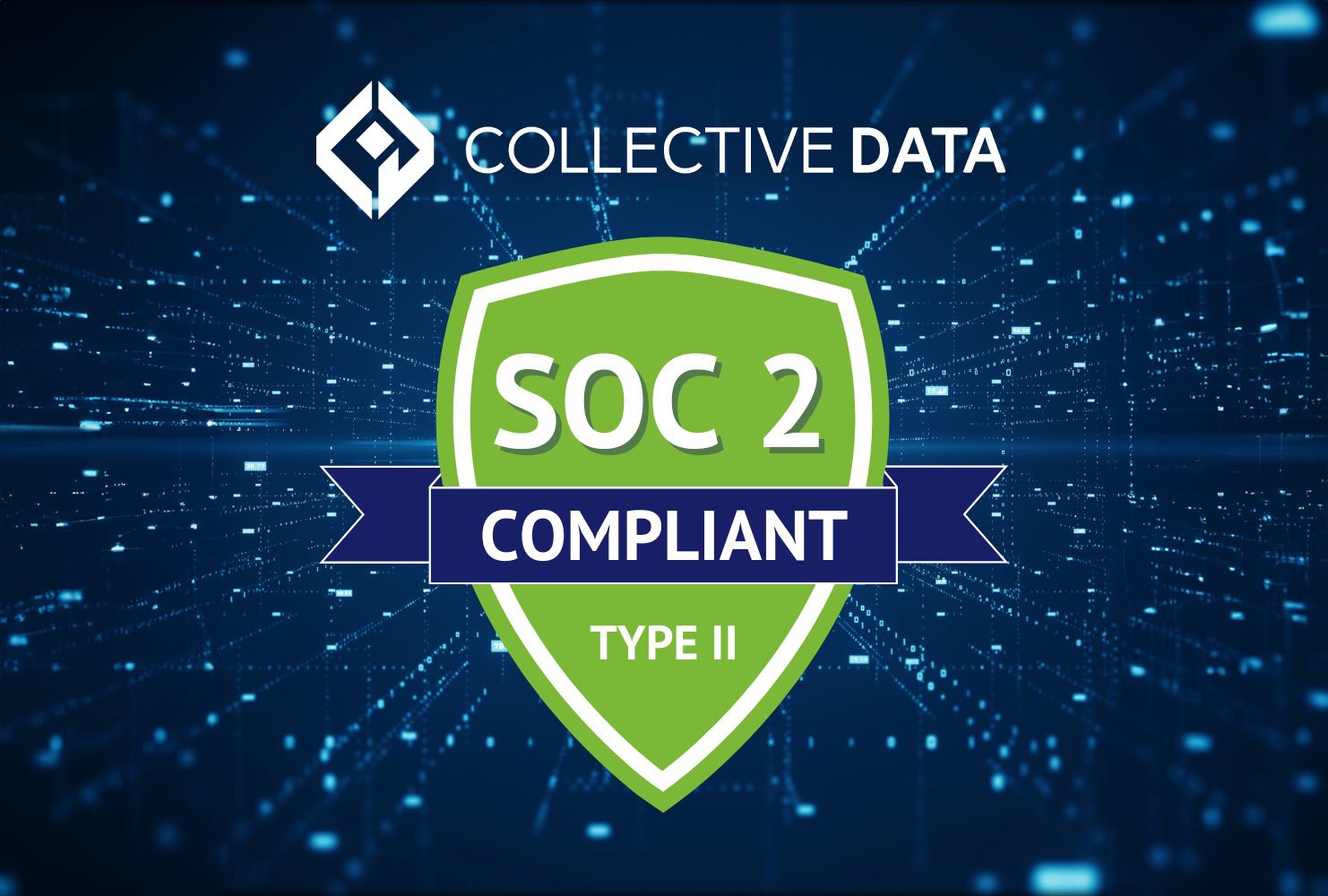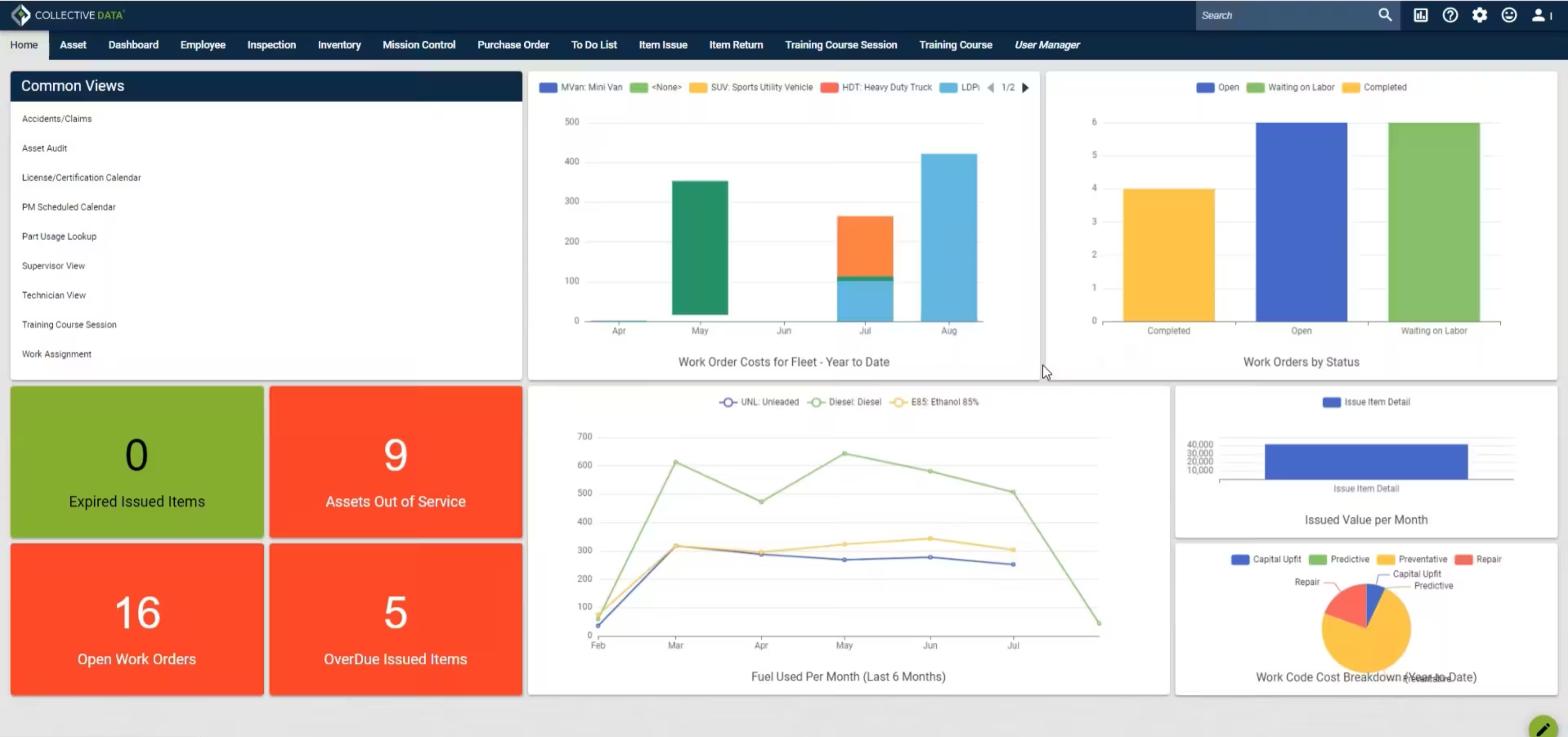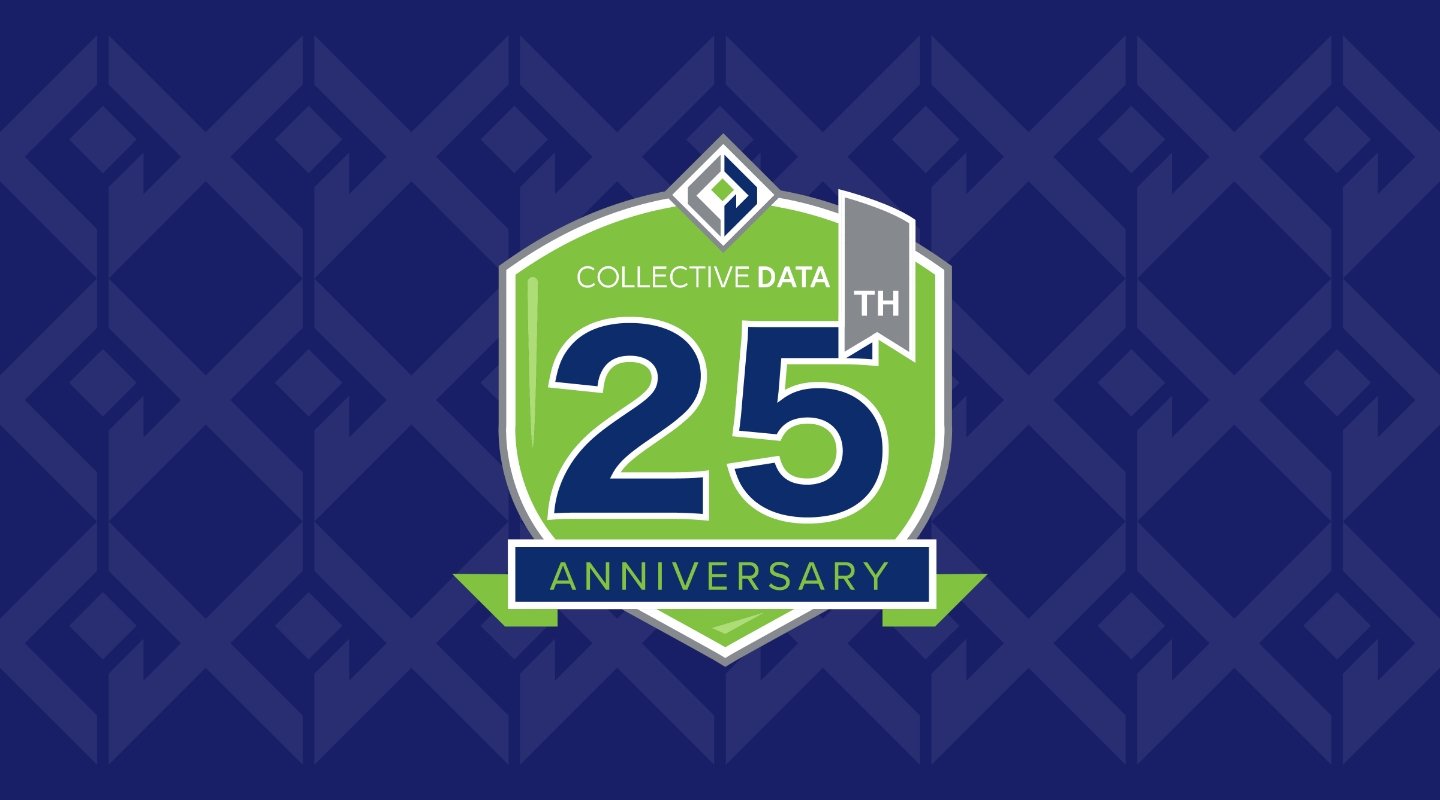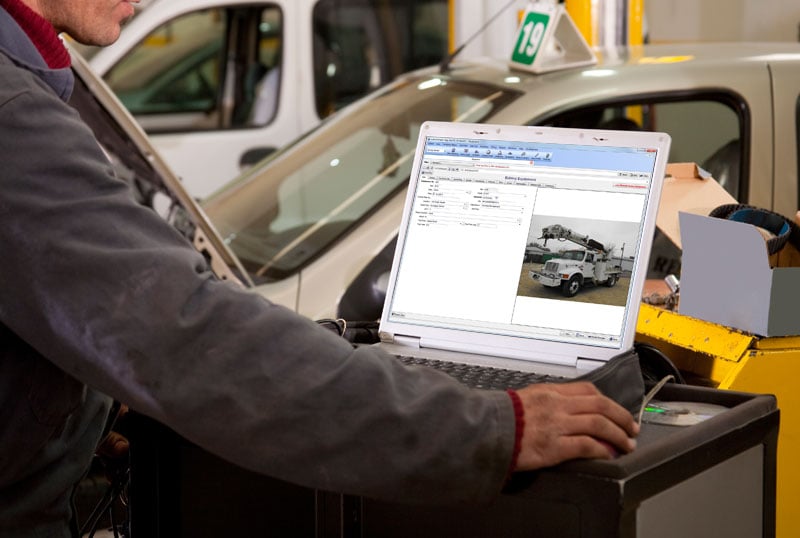Determining the right asset management software for your company is an important task. With so many software types and terms discussed in the process, it might not always be easy to determine what the best route will be or if you know you’re making the right choice for your organization. Here’s some info to help you as you research fleet management systems that may be web-based vs. web-enabled.
WEB-BASED ASSET MANAGEMENT SOFTWARE
Web-based software is what you access through a web browser such as Internet Explorer, Chrome, Firefox, or Safari. The software is housed on a server that displays the information through a native web environment as if you were browsing a web page. When using the software, all of the standard items that a browser has such as the back and forward buttons, bookmarks, browser preferences, zoom, etc. are all still available.
With a web-based asset management system, users don’t have to download, install, maintain or update any type of software. As long as the computer, notebook, tablet or phone has an Internet connection and web browser, the user is able to log in by going to a particular web address or IP address. Some of the modern systems (including Collective Data) are also built to be responsive web applications that make them easy to use on smaller devices.
This gives users the freedom to work from anywhere. No matter if you’re working remotely from an airport terminal, the comfort of your own home, or a rugged tablet-PC in the shop or parts room, you can access and review information in real-time.
Whether you want to use software out in the field or within your four walls by installing locally, you have options for deploying web-based software that will meet your organization’s requirement
- Owned and hosted by the customer
- Owned by the customer but the system is hosted by the vendor
- Customers pay a subscription to use but do not own it – Cloud-based/SaaS Model
Owned and hosted by the customer
In this scenario, the customer pays for the web-based solution and owns a perpetual license to use it. The system is installed on their internal network server and is configured to allow for access to the software through a specific location and port.
Depending on the settings put in place by the network administrator, the software can be locked down to only be accessible internally on networked computers or allow any user from anywhere to access it if they know the URL address.
A few reasons an organization would go this route:
- Lower cost of ownership over time
- They have the IT infrastructure already in place to manage the application
- More control over the application, database, and data
Owned by the customer but hosted by the vendor
In this scenario, the customer pays for the web-based solution and owns a perpetual license but wants to outsource the management of hosting the application. There are a variety of reasons an organization might consider this option:
- They have maxed out their internal IT resources and they won’t have time to set up or manage the system themselves
- The department purchasing wants to get up and running quickly without having to wait for IT to get it set up
- Paying for hosting is less expensive (for the most part) than hiring an IT person to administer a server
The customer will typically be billed on an annual basis for the hosting charges. Since the customer owns the software, they do have the ability to move the software from vendor hosting to their own internal server if they decide to do that at a later point.
Customer pays a subscription to use but does not own it – Cloud-based/SaaS Model
In this scenario, customers are allowed to use the web-based software (managed by the software vendor) on a subscription basis. For enterprise-level solutions, a minimum of a year commitment is the norm.
For subscription-based systems, most of the time it limits the ability for the software to be customized to the unique needs of a customers as the system is an “all-in-one” for every company. However, some systems such as Collective Data’s do have a more unique model that still allows for configuration/customization for organizations even on the subscription model.
Some reasons that customers may choose this model:
- They don’t have the IT infrastructure to manage the application themselves
- Lower upfront costs (although over time the costs are more than if you were to purchase it outright)
- The ability to cancel after your contract is up
WEB-ENABLED ASSET MANAGEMENT SOFTWARE
Web-enabled software is just that…it’s enabled to run through the web but it’s not a web-based application. It’s very close to the same thing as running a VPN client (Virtual Private Network) and logging in through that connection.
Using a program such as Citrix Metaframe, users are able to login to the PC-installed software through a browser that is managed by the organization’s IT team. Once logged in, the standard browser interface disappears and it feels as if you opened a standard software application on your desktop. It no longer looks like you’re on the web accessing a web page so items like the browser back buttons and other elements of the web browser are gone.
There are a couple of reasons an organization would deploy software in this manner:
- Not available as a full web-based version
- The software has specialized functionality that can’t be created in a web-based environment
With web-enabled software, the IT department has an increased cost because a front-end application like Citrix Metaframe has license fees involved and they have to install the program on all computers that need to access the software.
Conclusion
There’s no right or wrong answer for what type of asset management system you should use. It all depends on how your organization is set up and what you’re looking to accomplish. When you are looking at different fleet and asset management systems, be sure to ask the companies about some of the items associated in this article. The more informed you are on how the software works the better.



